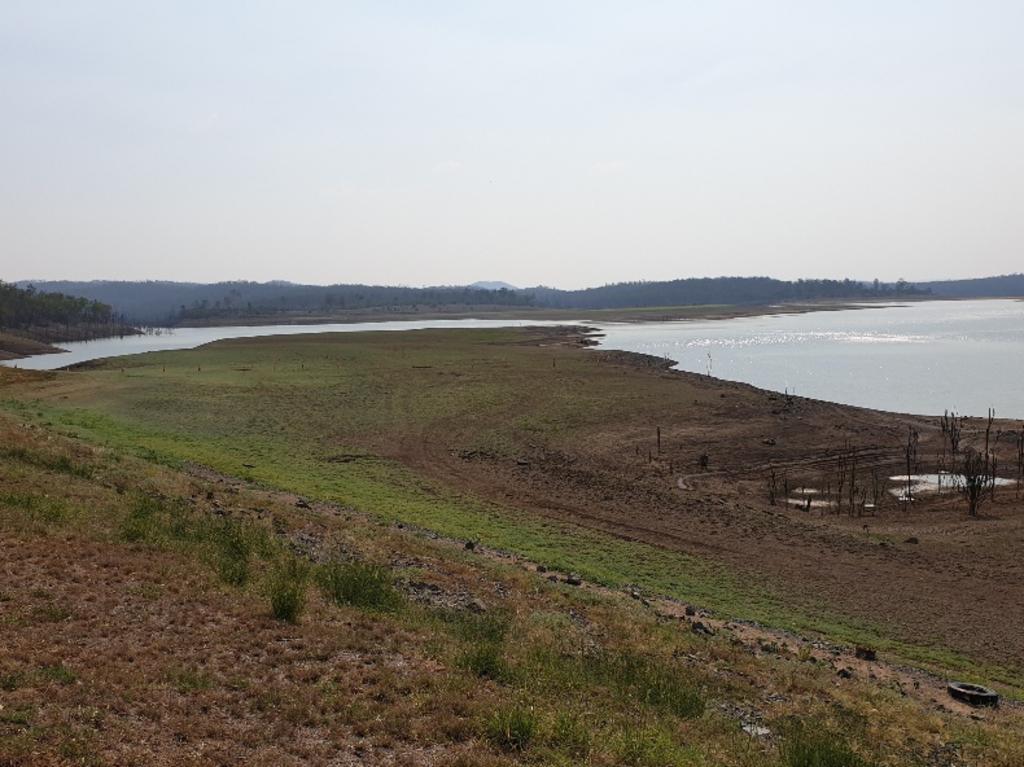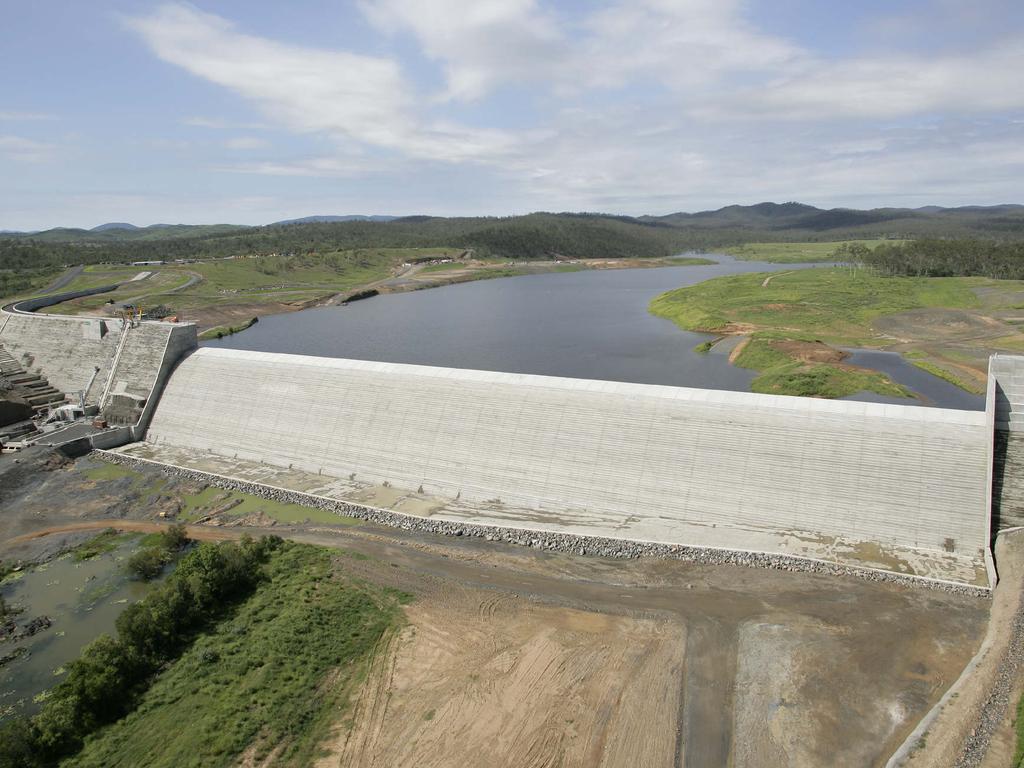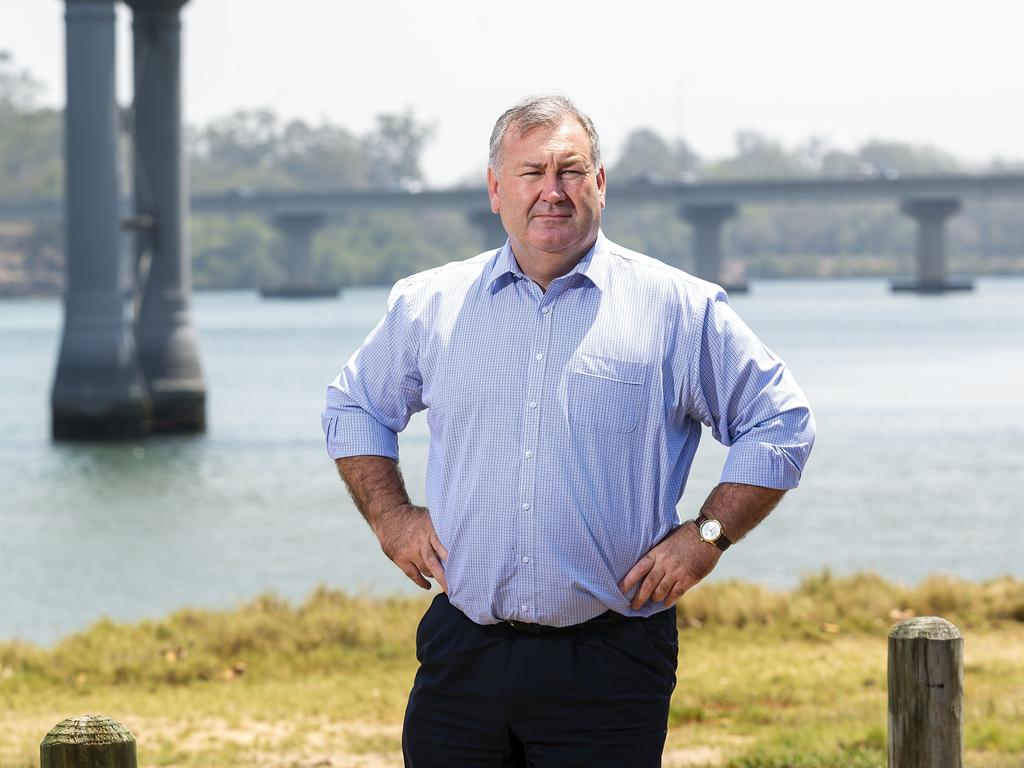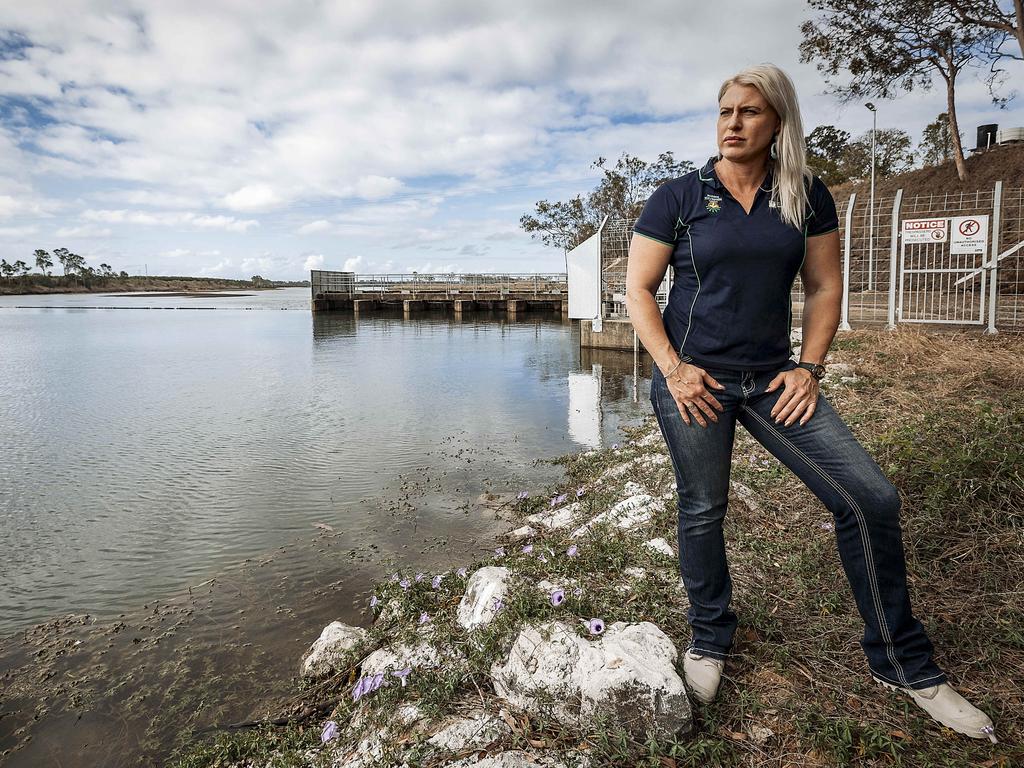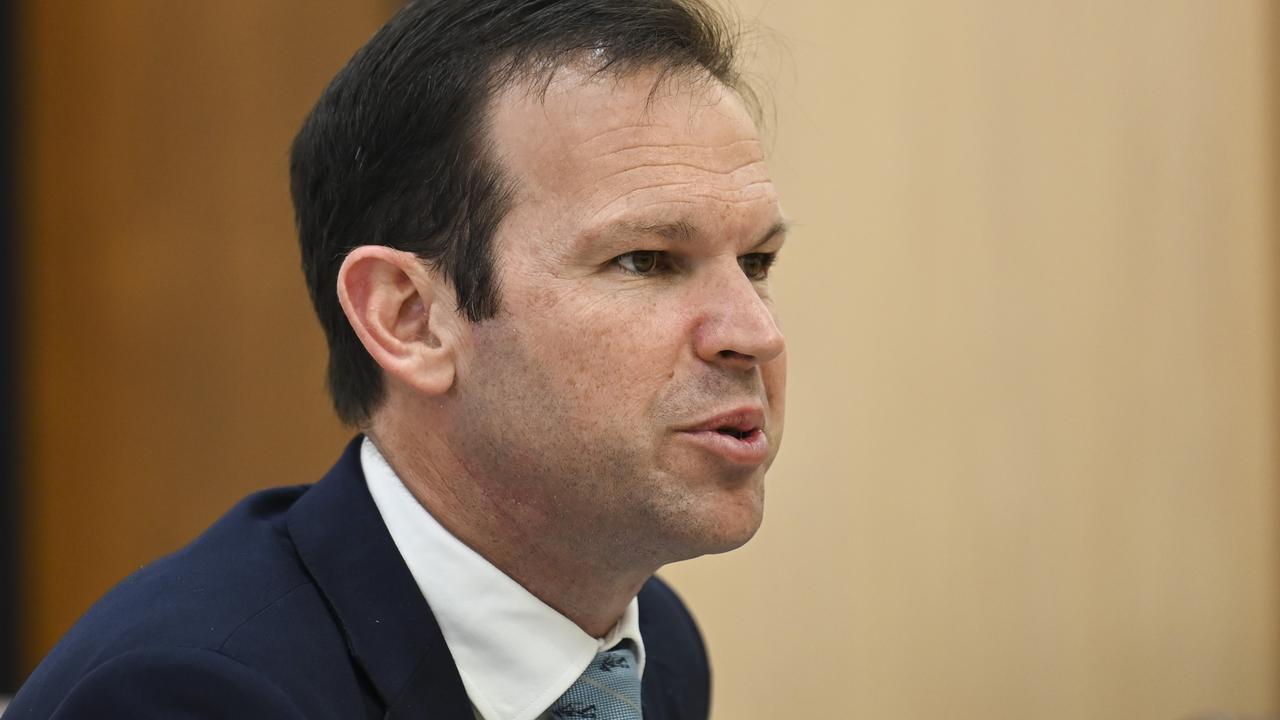Paradise Dam was susceptible to collapse, inquiry told
Failure to repair damage to Paradise Dam in a 2011 flood may have left it more ‘susceptible to destruction’, an inquiry heard.
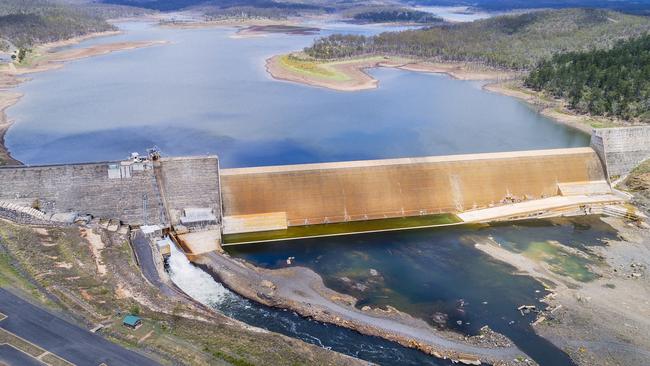
Failure to repair damage sustained to Queensland’s now defective Paradise Dam in a 2011 flood may have left it more “susceptible to destruction” in the much bigger 2013 flood, an inquiry heard on Thursday.
The first day of inquiry hearings into major structural problems the dam – deemed last year as unsafe – was told that it could have collapsed during the 2013 flood if the deluge had continued any longer.
The 300,000 megalitre dam, the source of irrigation for the one of Australia’s most productive food bowls around Bundaberg, suffered massive damage despite it supposedly being designed to withstand a flood with a headwater more than twice that was experienced in 2013.
But design and structural problems with the roller-compacted concrete gravity dam – the biggest of its type in Australia when it opened in 2005 – led to the 100m-plus sill and apron breaking apart with the concrete shards digging a 15m deep hole in the bedrock downstream.
Jonathon Horton, QC, senior counsel assisting commissioner John Byrne QC, said failure to repair the sill at the end of the dam’s apron and or reinforce a damaged part of the dissipater after the 2011 floods could have contributed to the 2013 damage.
Mr Horton said the dam’s operator, the state-owned Sunwater, had informed a review which concluded that the damage in 2013 was unrelated to the failure to repair the 2011 damage.
“We expect that this conclusion will be controversial,’’ he told the inquiry.
“In particular, whether the u repaired damage that the sill sustained in 2011 made it more susceptible to destruction in 2013.’’
The alleged inaction could ultimately prove costly to the state government, if local irrigators – who have invested hundreds of millions of dollars in recent years – take legal action over the loss of the dam’s once-lauded water security.
Last year, Sunwater released almost half of the dam’s stored water in the drought-declared region ahead of lowering the spillway by 5 metres for repair works that will extend to 2026.
Water minister Anthony Lynham is refusing to commit to restoring the full capacity of the dam despite pleas by the local council and agriculture groups that are responsible for a quarter of Australia’s produce.
The dam was built between 2003 and 2005 by the Burnett Dam Alliance, a consortia set-up by the Beattie government, and which will also be investigated in the inquiry.
Mr Horton said investigators had conducted a range of interviews and compiled more than 30,000 documents, including some “created during the Dam’s construction (that) raise problems with the construction of the RCC layers”.
He told the hearing no strength testing was carried out to determine if the concrete layers had bonded.
“No shear strength testing was undertaken,” he said.
“We wish to look more closely at what occurred in late 2005 and early 2006 with respect to decisions about what could and should be the subject of shear testing.’’
Mr Horton said the inquiry would explore the declaration by the Alliance to cut by 30 percent the amount of conventional concrete in the dam and its reliance on a world-leading RCC expert, Dr Ernest Schrader.
“What were the decisions made during the course of design and construction about cement content, composition of the RCC mix generally, and the use of bedding mix between layers?” he asked.
The inquiry will resume in March and report in April.


